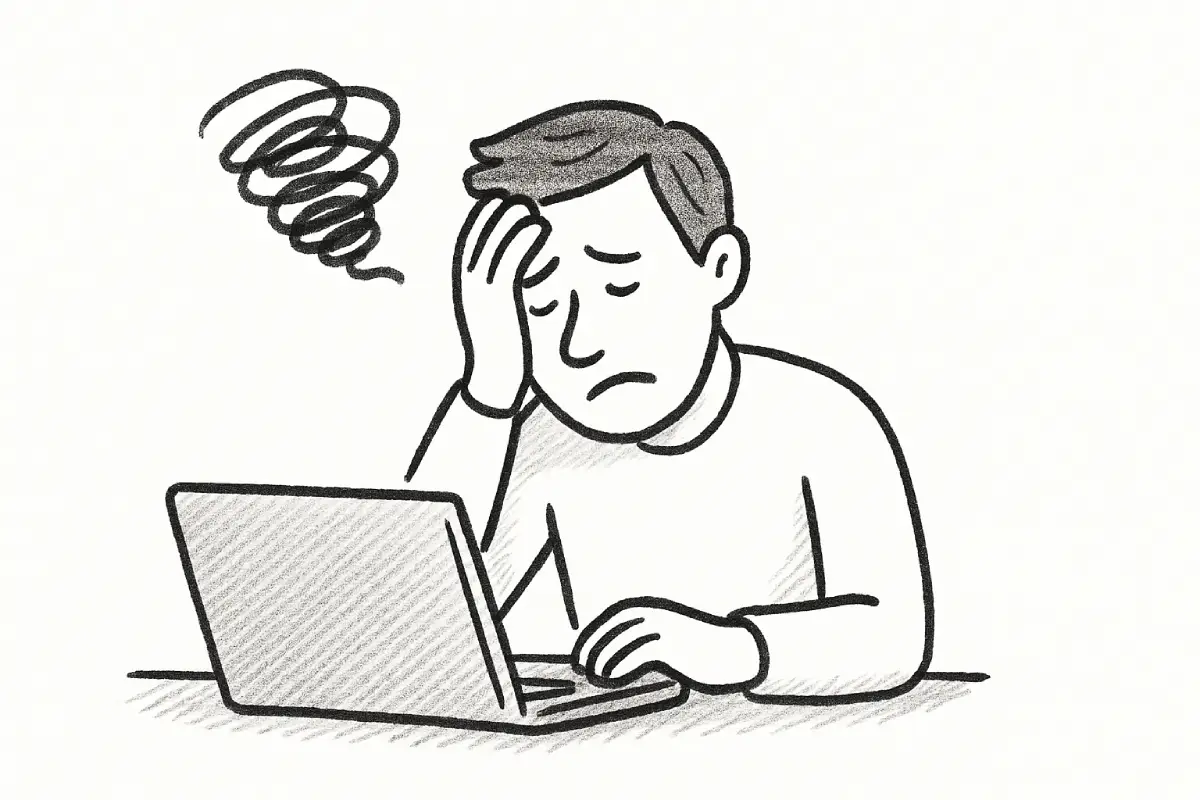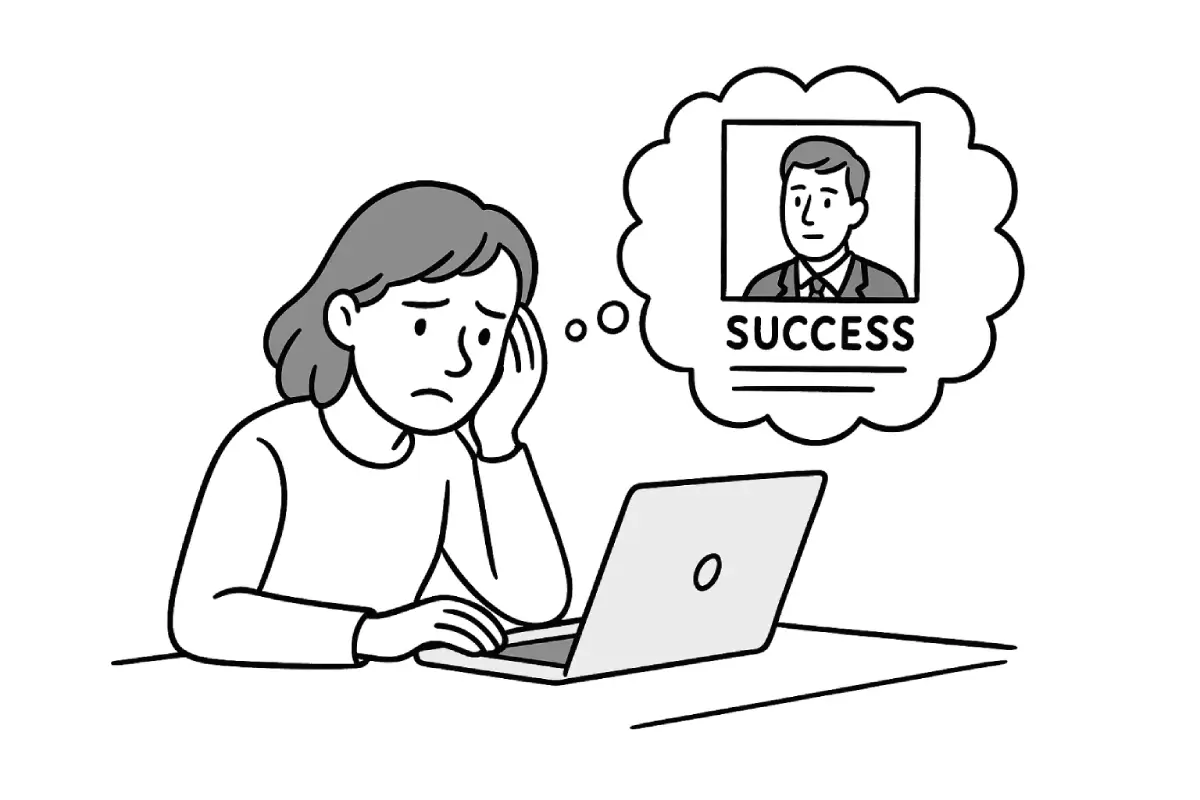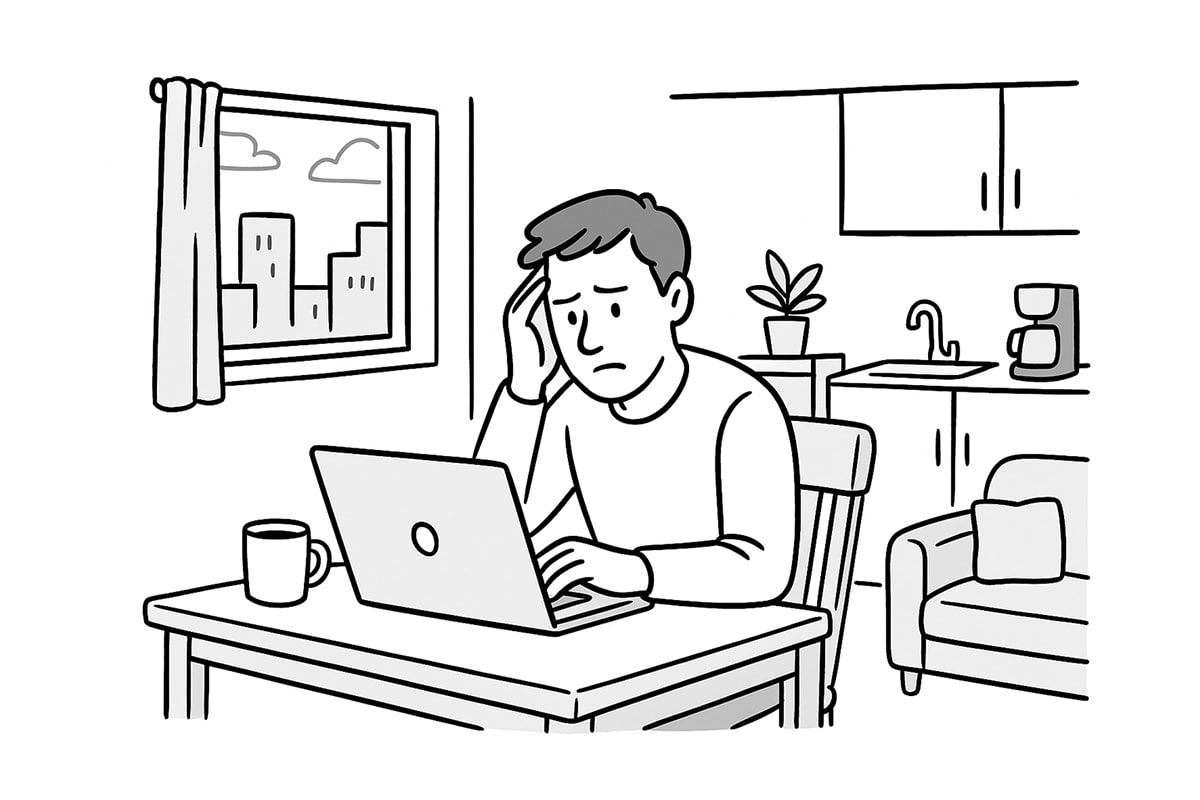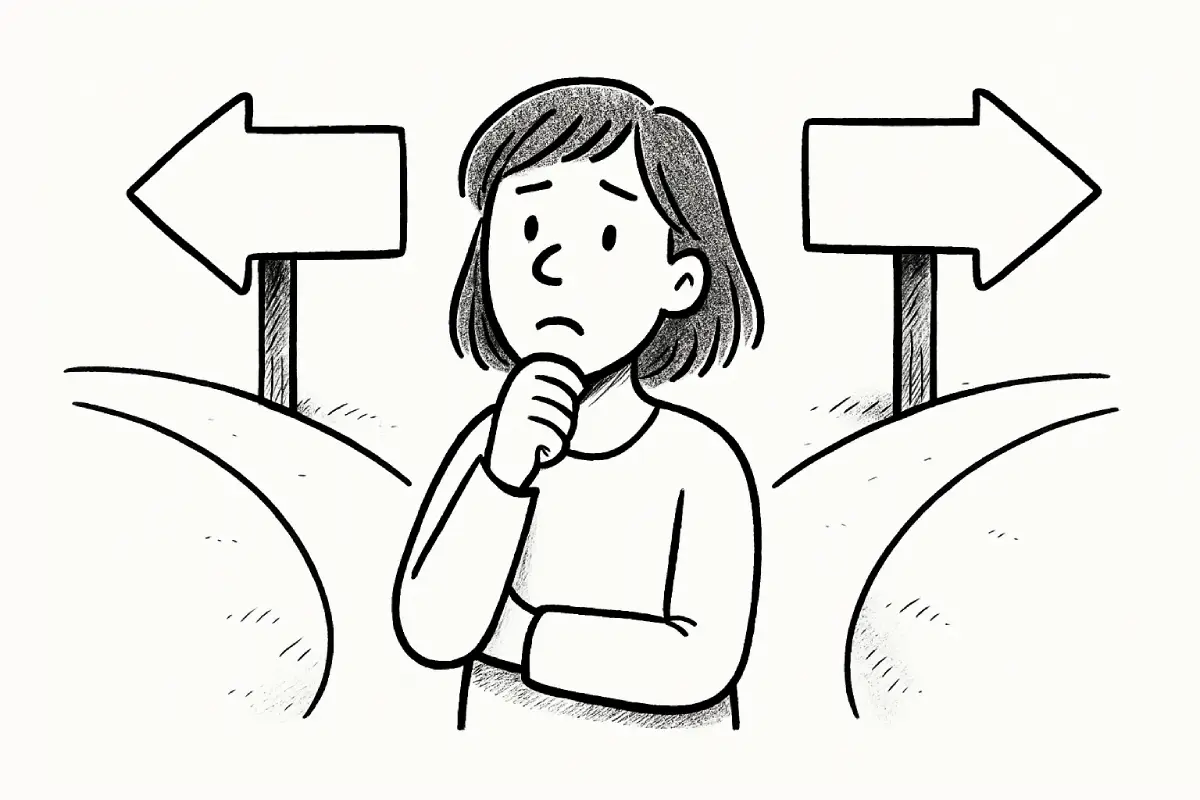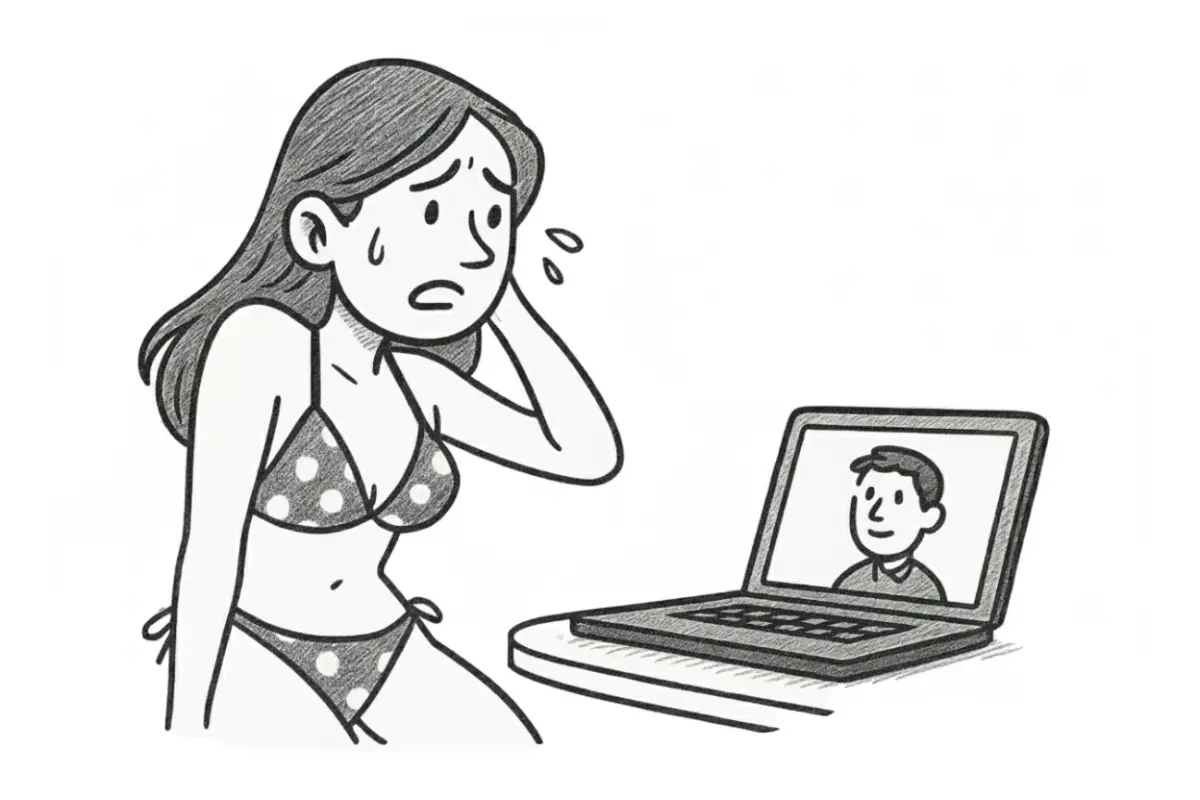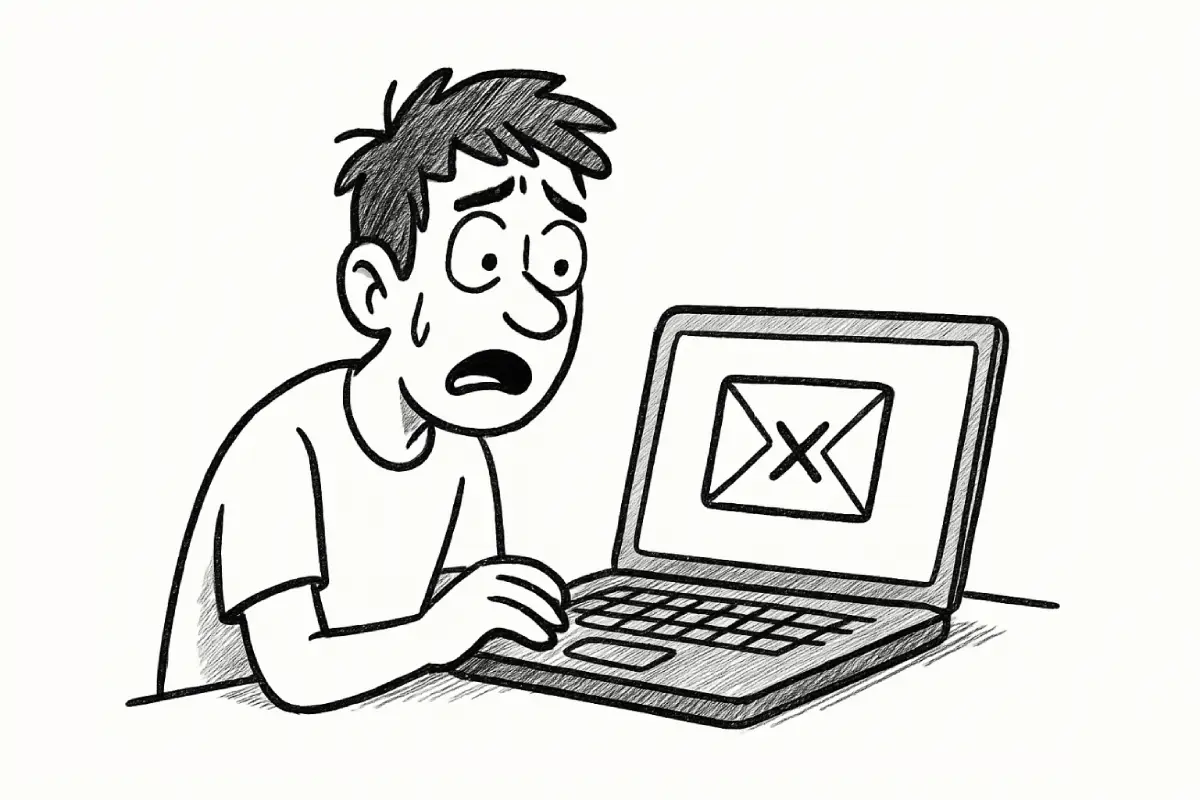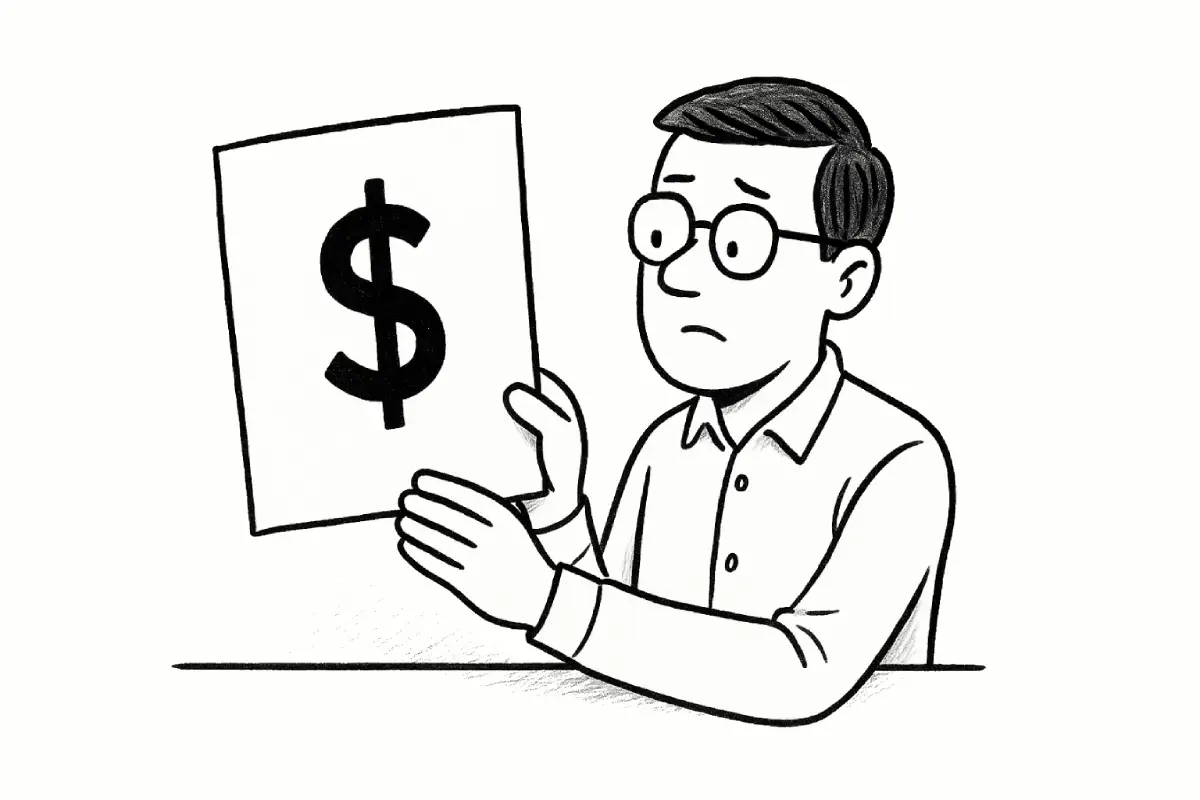There’s a specific flavor of exhaustion that comes with working from home, and it’s not the kind you can sleep off on a Saturday.
It’s the 9 p.m. feeling of dread when you see a Slack notification light up your phone. It’s the low-grade hum of anxiety that your boss thinks you’re slacking off, even though you haven’t left your desk chair in six hours. It’s the bizarre sensation of being simultaneously isolated and constantly watched, like you’re performing on a tiny, digital stage for an audience of one.
This isn’t just being tired. This is remote work burnout. And it’s a different beast entirely from the office-based burnout we used to know.
Office burnout was often about the people, the commute, the soul-crushing fluorescent lights. You could, at least in theory, leave it behind when you walked out the door. The physical act of leaving was a boundary. But now? The office is in your pocket. The office is in your bedroom. The office follows you from room to room like a needy ghost, whispering about unread emails and approaching deadlines.
We traded the commute for a cage. A comfortable, well-appointed cage with good Wi-Fi, but a cage nonetheless. And the promise of “work-life balance” has, for many, morphed into a “work-life blend” that feels suspiciously like just.. work.
Quitting might seem like the only escape hatch. A dramatic, rip-the-cord solution to reclaim your sanity. But for most of us, that’s not a realistic option. The mortgage doesn’t care about your mental health. So, what’s the alternative? How do you recover from burnout when you can’t escape the scene of the crime?
It’s not about working less, necessarily. It’s about working differently. It ’s about a conscious, deliberate, and sometimes defiant act of reclaiming your time, your space, and your mind.
The Diagnosis: Why Does Remote Burnout Feel So Much Worse?
Understanding the enemy is half the battle. Remote burnout is so insidious because its causes are invisible. They’re not external stressors like a noisy office; they’re internal defaults and digital habits that have spiraled out of control.
The Death of the Third Place
Sociologists talk about the “third place”—the spot that isn’t home (first place) or work (second place). It is the coffee shop, the gym, the bar, the library. For many, the daily commute served as a sort of mobile third place. It was a buffer zone, a time to decompress, to listen to a podcast, to mentally shift gears between “work you” and “home you.”
Remote work obliterated that buffer. The second your laptop closes, you are instantly at home. There is no transition. The mental whiplash from being a high-performing professional to a parent, partner, or just a tired human is instantaneous and jarring. This lack of psychological decompression is a huge, and often underestimated, contributor to burnout.
The Green Dot of Tyranny
In an office, your manager can see you working. They walk by your desk, they see you in a meeting, they know you’re there. Remotely, that physical proof is gone. In its place, we have what I call the “green dot of tyranny”—that little status indicator on Slack, Teams, or Google Chat.
It’s a constant, low-level pressure to be visibly online, to respond instantly, to prove you’re not on your couch watching Netflix. This “digital presenteeism” is exhausting. It means you’re never truly off the clock, even when you’re not actively working. You’re performing productivity, and that performance is a full-time job in itself.
This pressure isn’t just imaginary. Research from institutions like the Future Forum has consistently shown that remote and hybrid workers struggle with this “always on” culture, which directly fuels burnout and anxiety.
The Social Starvation
We are social creatures. Even the most introverted among us benefit from the casual, low-stakes interactions of an office. The quick chat while making coffee, the shared eye-roll in a boring meeting, the impromptu lunch. These micro-connections are the social fabric of a workplace, and they act as a powerful buffer against stress.
Remote work replaces this rich social tapestry with a grid of faces on a screen. Every interaction is scheduled, transactional, and exhausting. There is no spontaneity. This profound sense of isolation, as numerous studies on loneliness and health have shown, is not just bad for morale; it is genuinely bad for our mental and physical health.
The Recovery Plan: How to Fight Back Without Quitting
Recovering from remote burnout is an active process. It requires you to build the boundaries that your physical office used to provide for you.
1. Reclaim Your Space: The Art of the Shutdown Ritual
Your brain needs clear signals that the workday is over. Since you can’t physically leave the office, you have to create a ritual that mimics the act of leaving.
- The Hard Shutdown: Don’t just close your laptop. Actually shut it down. All the way. It’s a small act of finality that sends a powerful message to your brain.
- Create a “Work Zone”: If you can, have a dedicated desk or even a corner of a room that is only for work. When you’re done for the day, physically leave that space. Don’t eat lunch there. Don’t scroll through Instagram there. When you’re in that zone, you’re working. When you’re out, you’re not.
- The “End of Day” Alarm: Set an alarm for 5:30 PM (or whatever your end time is). When it goes off, you stop. Not after one more email. Not after this last little task. You stop. It will feel wrong at first. Do it anyway.
- The Fake Commute: This one sounds silly, but it’s a game-changer. When your alarm goes off put on your shoes and walk around the block. Just for ten minutes. It recreates the lost buffer zone, allowing your brain to transition.
2. Reclaim Your Time: Asynchronous Is Your New Best Friend
The biggest lie of remote work is that you need to be available from 9 to 5. The real power of remote work is flexibility.
- Master Asynchronous Communication: Not every question needs an instant answer. Get comfortable with email. Send detailed messages that don’t require a real-time back-and-forth. Start your messages with phrases like, “No need to respond to this today, but for tomorrow…” or “Just putting this on your radar for when you have a moment.” You are setting the expectation that an immediate response is not required.
- Block Your Calendar Ruthlessly: Your calendar is not just for meetings. It’s for work. Block out “Focus Time” in two-hour chunks. Block out your lunch break. If it’s on your calendar, people are less likely to schedule over it. It is a visual shield protecting your time.
- Turn Off Notifications: This is the most important and most difficult step. Your phone does not need to be a remote control for your boss. Turn off all work-related notifications after your designated end time. All of them. The world will not end. If there is a true, building-is-on-fire emergency, someone will call you. An email can wait until morning.
3. Reclaim Your Mind: Find Your “Non-Productive” Hobby
When your work is also your hobby (or you’re just passionate about it), it’s easy for it to consume your entire mental landscape. You need to actively cultivate parts of your life that have nothing to do with being productive.
This isn’t about a “side hustle.” This is about a “rest hustle.”
Find something to do with your hands that doesn’t involve a keyboard. Bake bread. Learn to knit. Take up pottery. Garden. Do something tactile and analog. The goal is not to be good at it. The goal is to be absorbed by it. The feeling of being in a state of flow with something that has zero professional stakes is a powerful antidote to the pressures of work. This isn’t just pop psychology; the mental health benefits of engaging in hobbies and leisure are well-documented by organizations like the Future Forum.
You are not a machine. Your value as a person is not tied to your output. You need to remind your brain of that fact by engaging in joyful, gloriously unproductive activities.
Recovering from burnout while still in the same job is a slow, deliberate process of drawing and defending a hundred tiny boundaries. It’s about realizing that your company pays for your labor, not for your life. They pay for your expertise, not for your soul. And it’s up to you, and only you, to remember the difference.
You might also like: How to Reset Your Career When You Feel Stuck
